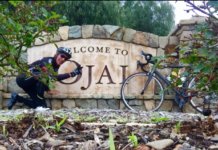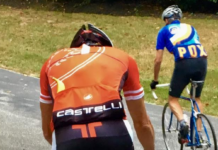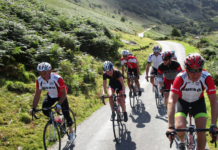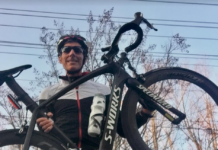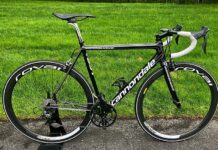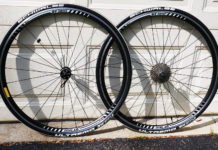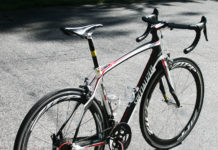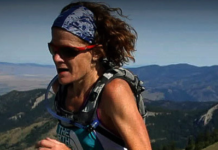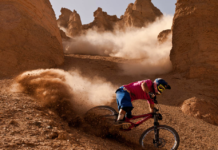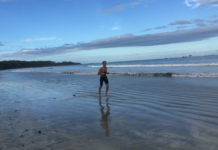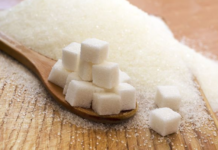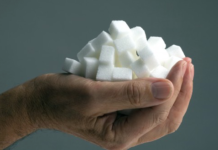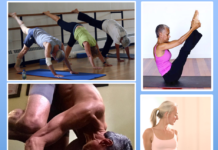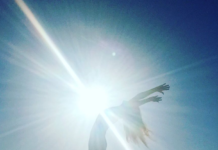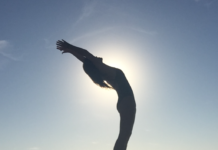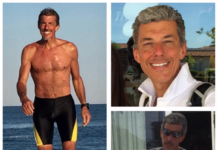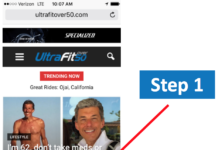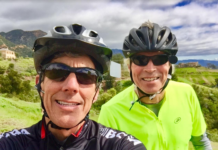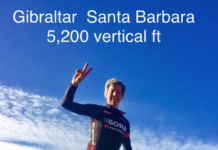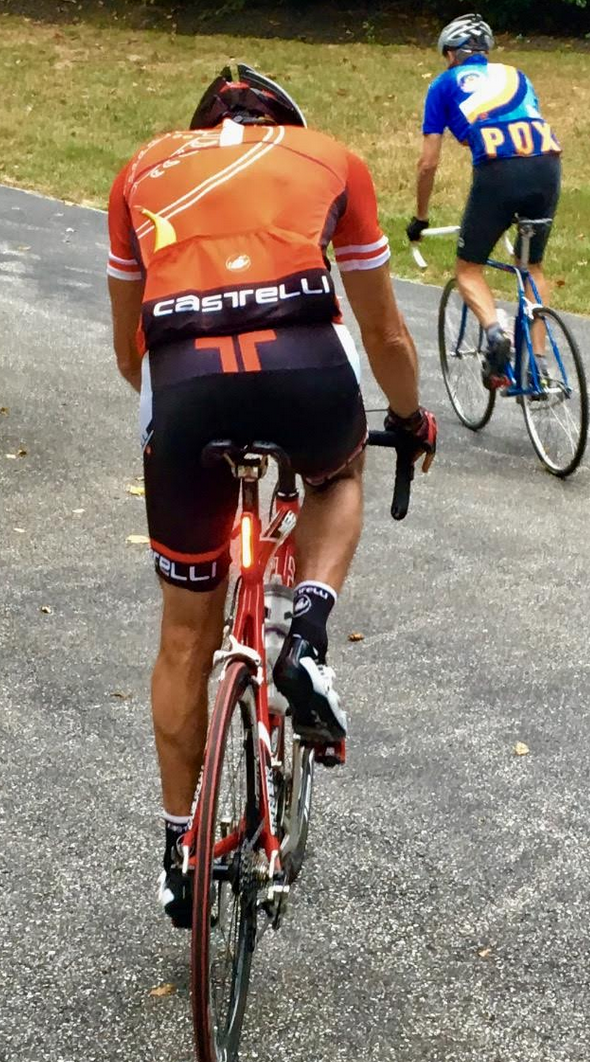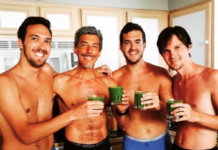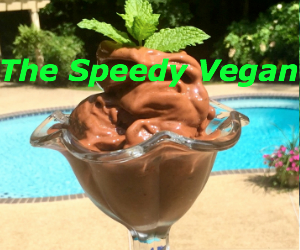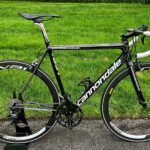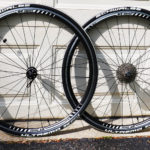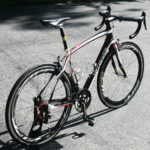Many of us who work out regularly and participate in multiple sports often wonder: How can I improve my performance, lower my times and feel better in the process?
It’s a tall order but not impossible. Beyond good nutrition and proper rest, the key may very well reside in not how hard you exercise but rather how easy you do. For real.
In fact, one of the key mantras of top athletes and their weekend warrior counterparts seems a paradox: Go Slow to Go Fast.
The idea is this, and here we use cycling as an example: Build a fitness pyramid with power at the peak. Training harder, all the time, is not the path to glory. As most of us know, it leads to heavy legs and plateaued performances.
In cycling, January is an ideal time to resist our urge to ride faster and harder. In fact we have to ride slower now to go faster later on. In that way, you build a strong fitness base on which you later structure greater intensity and pace. Riders who are fit but work diligently during the winter by riding slowly, with a high training volume at low intensity actually enhance their aerobic capacity.
Here’s why? By cutting back and concentrating more on endurance cycling at a steady tempo, you teach the body to burn its own, deep reserves of fat and don’t stress the anaerobic and lactic acid system excessively.
By riding (or running for that matter) full-out all year long, your body and your legs burn out and you simply do not improve.
However, with long endurance rides (or runs), your heart begins to pump more blood per beat, your muscle fibers develop more capillaries and your ability to transport oxygen to your muscles increases.
That’s the ticket. So, if you like the sound of this, or simply want to try it out yourself, let’s get a bit more detailed in our next part in this series.
Click here to find out more in Part II.
Never Stop



